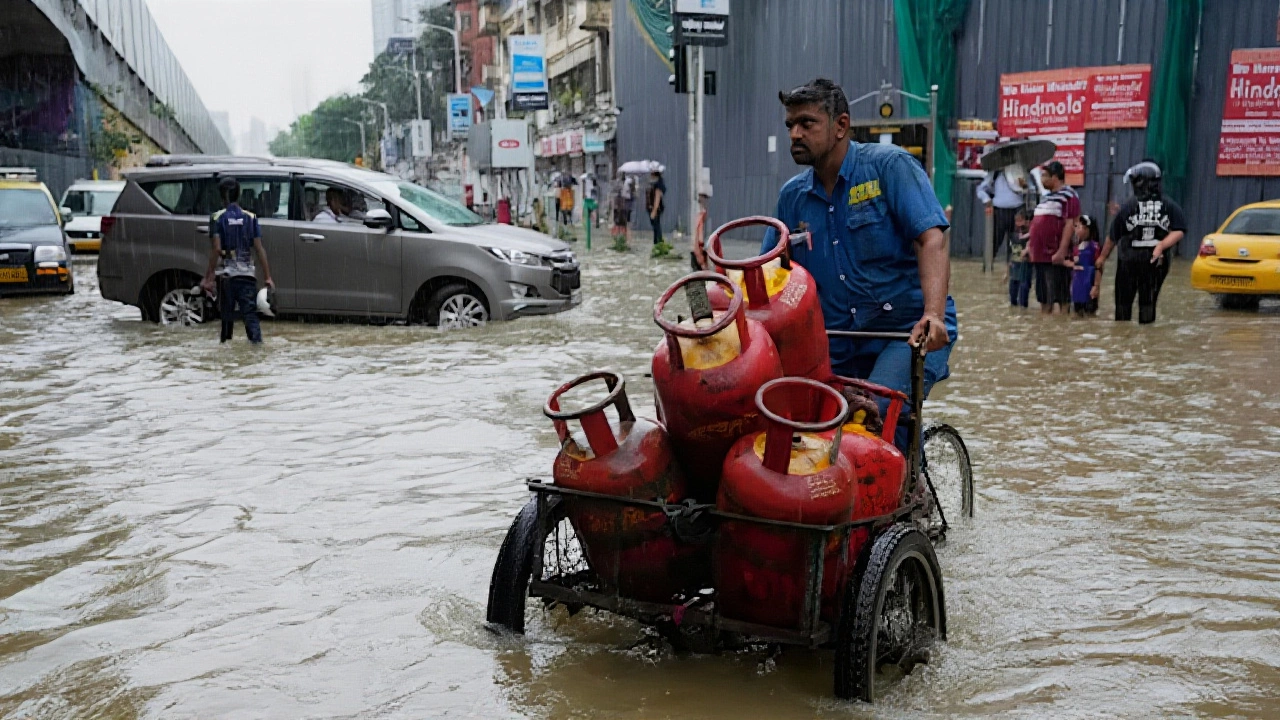Heavy Rainfall Explained
When talking about Heavy Rainfall, a prolonged period of intense precipitation that can overwhelm natural and built environments. Also known as torrential rain, it often drives Monsoon activity and spikes Flood Risk. Heavy rainfall contributes to flood risk, is influenced by climate change, and demands accurate weather forecasting.
Why It Happens and How We Predict It
Climate change Accelerates the atmosphere's capacity to hold moisture, making extreme events more common. When warm air rises over the ocean, it cools and releases that moisture as heavy rain. Modern Weather Forecasting tools use satellite data and AI models to spot these patterns early, giving cities a chance to activate drainage plans. Effective drainage Infrastructure reduces water buildup, lowering flood risk and protecting homes.
In India, monsoon-driven heavy rainfall can turn cricket pitches into slipping hazards, as seen in recent Asia Cup matches where play was delayed. Schools also feel the hit – flooded roads mean students miss classes, and families may rethink Education Loans when incomes drop. Banks often respond with flexible repayment options, but families should weigh the added debt against their emergency fund.
Financial safety nets matter. Personal loans or insurance policies that cover natural disasters can bridge gaps when heavy rainfall disrupts work or study. However, taking on extra credit without a clear repayment plan can strain budgets, especially if climate‑related disruptions become frequent. Smart budgeting includes an earmarked reserve for such events.
Below you’ll find a mix of stories that touch on these themes – from sports setbacks caused by downpours to how education financing adapts when weather throws a curveball. Dive in to see real examples, practical tips, and fresh perspectives on navigating heavy rainfall challenges.
- Maxwell Harrington
- 0 Comments
IMD Warns of Extreme Rainfall Across India from Late November to Early December 2025
The India Meteorological Department warns of extreme rainfall from late November to early December 2025, with Tamil Nadu, Kerala, and the Andaman Islands facing very heavy rain, while northern regions brace for freezing temperatures and thunderstorms.
View More- Maxwell Harrington
- 0 Comments
West Bengal Braces for Heavy Rainfall as Western Disturbance Peaks Oct. 6
India Meteorological Department warns West Bengal of heavy rainfall until Oct. 6, 2025, as a Western Disturbance peaks, prompting flood alerts and traffic warnings.
View More
